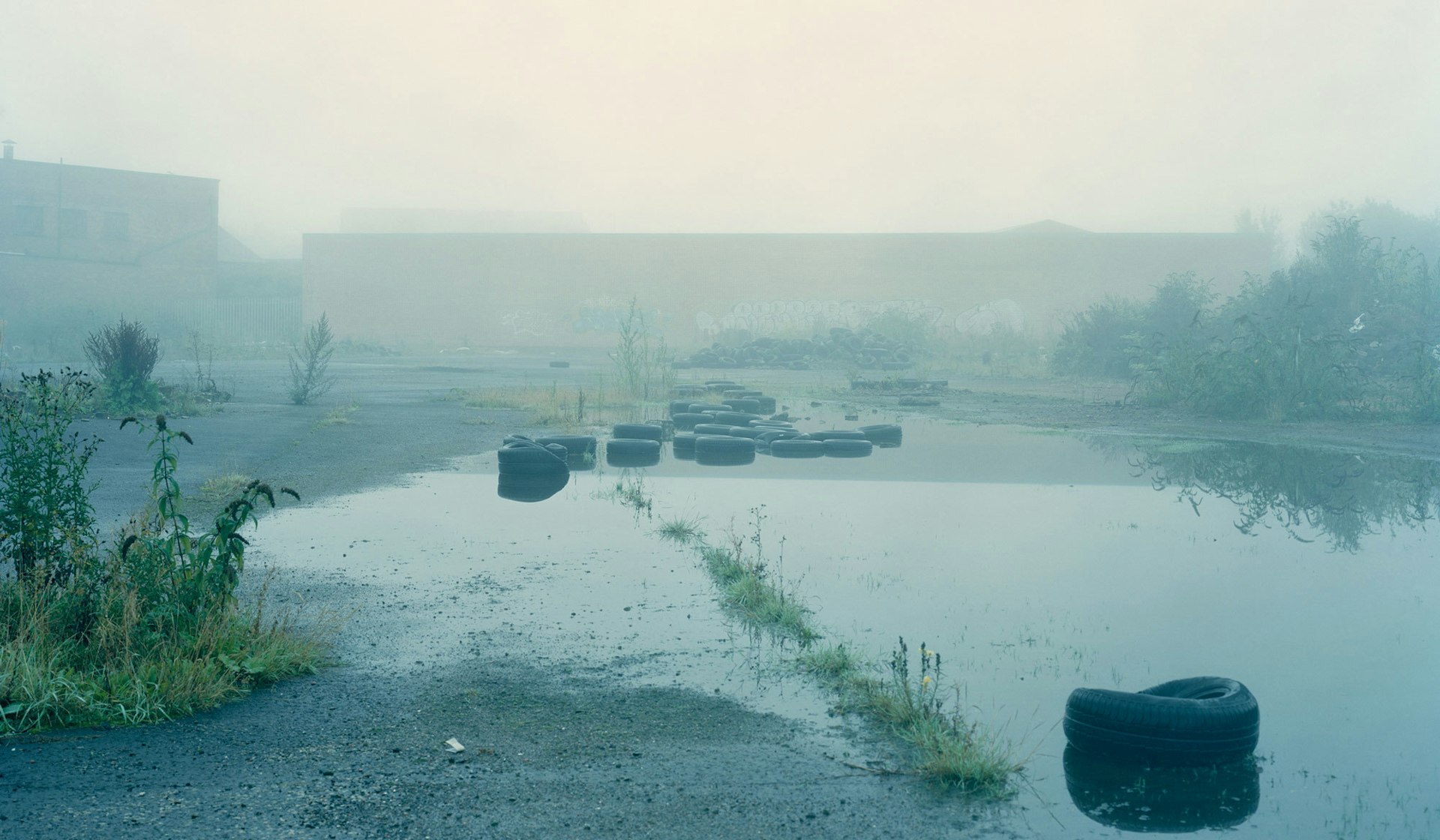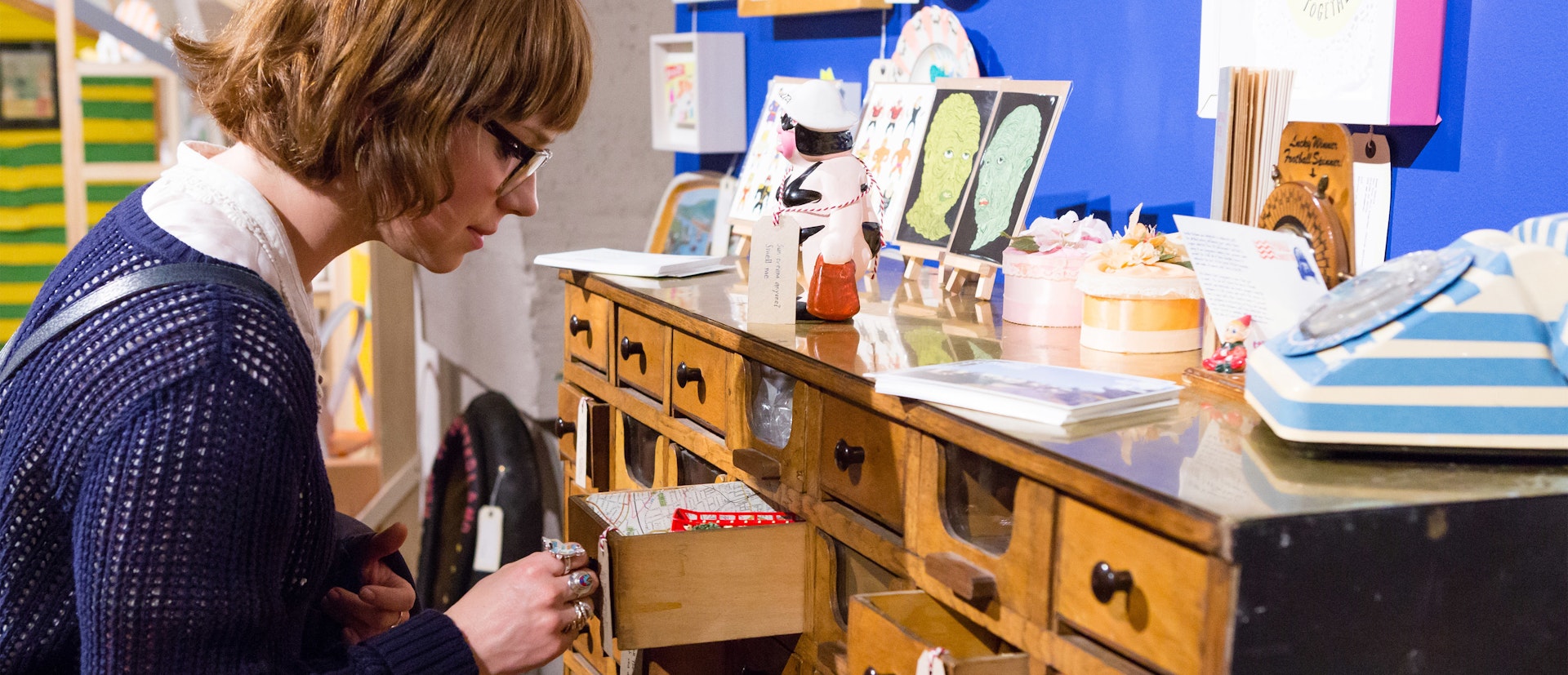
Spencer Murphy
- Text by Cyrus Shahrad
- Photography by Spencer Murphy
Spencer Murphy is a master of portraiture whose otherworldly images – of influential and iconic subjects like JK Rowling, Eric Cantona, Wiley and Andy Serkis (aka Gollum) – look more like paintings than photos, earning him a place hanging among the greats in England’s esteemed National Portrait Gallery.
His series of portraits of jump jockeys post race, commissioned by 4Creative, won him first place in the ‘Campaign’ category of the 2014 Sony World Photography Awards last night, April 30. As a long-time collaborator of Huck’s, we invited old friend, writer and co-conspirator Cyrus Shahrad to shed some light on Spencer’s quieter landscape work for our annual Documentary Photography Special Issue of the magazine in October 2013. This is what he had to say.
One morning this summer I woke at 4am in the spare room of Spencer Murphy’s North London flat. I dressed quickly in the dark, creeping into the kitchen to find Spencer sipping coffee, up an hour already. We quietly loaded bags of camera equipment into the back of his car – a process always tinged with excitement – and drove through sleeping streets to Hampstead, Nick Cave and Warren Ellis on the stereo. As we passed the Spaniards Inn I told Spencer about the area’s connection with Dracula – how the author transformed tragic Lucy Westenra into a vampire that would stalk the hills for unfortunate children to drag back to her tomb. Once we’d parked and crossed on to the Heath, however, we walked in silence. The grass was wet underfoot, and the first flush of the new day was felt as much as seen.
We were there to shoot the London skyline at dawn for the cover of a record I was working on. I’ve been lucky enough to have Spencer provide photographs for all my releases – from my debut EP (an abandoned Cornish airfield) to my second album (the prismatic interior of a derelict German warehouse). I’m aware of what a privilege this is: linking my music with such powerful images has given my output a visual identity that others spend a fortune on. But the rewards go deeper: because I’ve known Spencer for so long, and because I know that our art comes from the same place – an attempt to connect with the sublime hidden behind the everyday, to make sense of a finite life in an infinite universe – I feel I’m increasing the integrity of my own work by mere proximity to his.
I first met Spencer aged eleven at school in Kent. I saw him pick up his first camera – a hand-me-down SLR gifted by his mum – and watched as he began developing his first photographs in the school darkroom. I saw a hobby turn into an obsession, marvelling at the way he’d use his camera to document the world around him with the same care and determination with which others filled diaries. A shy person by nature, Spencer exuded a natural confidence with a camera in his hands – it was a confidence that I think stemmed not from a belief in his ability, but from the simple understanding that he was taking pictures for the right reasons. Photography was more than just a medium; it was his way of framing moments that others overlook.
Even after graduating from Falmouth University (where he would later return to lecture), and filling his days with assisting work in London, Spencer still made time to rise before first light, heading out with his tripod to break into a nearby reservoir or rubbish dump. The city became his playground, just as the forests beside his family home had been growing up, and he recognised in its industrial desolation the same beauty he’d once recorded in trees and lakes. After success found him and high-profile jobs began pouring in – portrait work mostly, everyone from Gordon Brown to the Beastie Boys shot for magazines and newspapers – Spencer’s appetite for seeking out unpeopled spaces seemed only to increase. I called them ‘twilight kingdoms’, a reference to TS Eliot, though when Spencer finally curated an exhibition of the work he felt best expressed the thing he’d been seeking all along, he named it with a quote of Nietzsche’s: The Abyss Gazes Into You.
It was a phrase that seemed applicable that morning on Hampstead Heath. Spencer set up his camera on Parliament Hill and began shooting, the exposure times shortening as the rising sun cast its spell – that transformative hour in which the world around us seemed to be born anew, the grass tingling with a kind of divine fire, the glass towers of the city looking like structures of an alien race. From a distance I watched Spencer pinned like an insect against the immensity of the landscape, a solitary figure like the man in Caspar David Friedrich’s The Monk by the Sea, refusing to blink as his gaze met that of the Abyss. In doing so, he seemed to be recording not just the moments of our lives, but a glimpse of something endless and nameless that lay beyond them.
You can see more work on Spencer’s website and more award-winning photography on the Sony World Photography Awards 2014 website.
This story originally appeared in Huck 041 – The Documentary Photography Issue.
